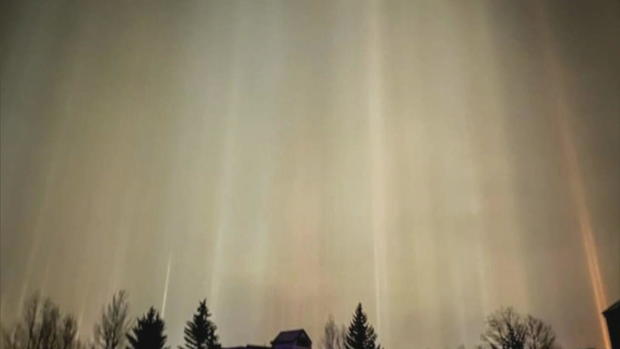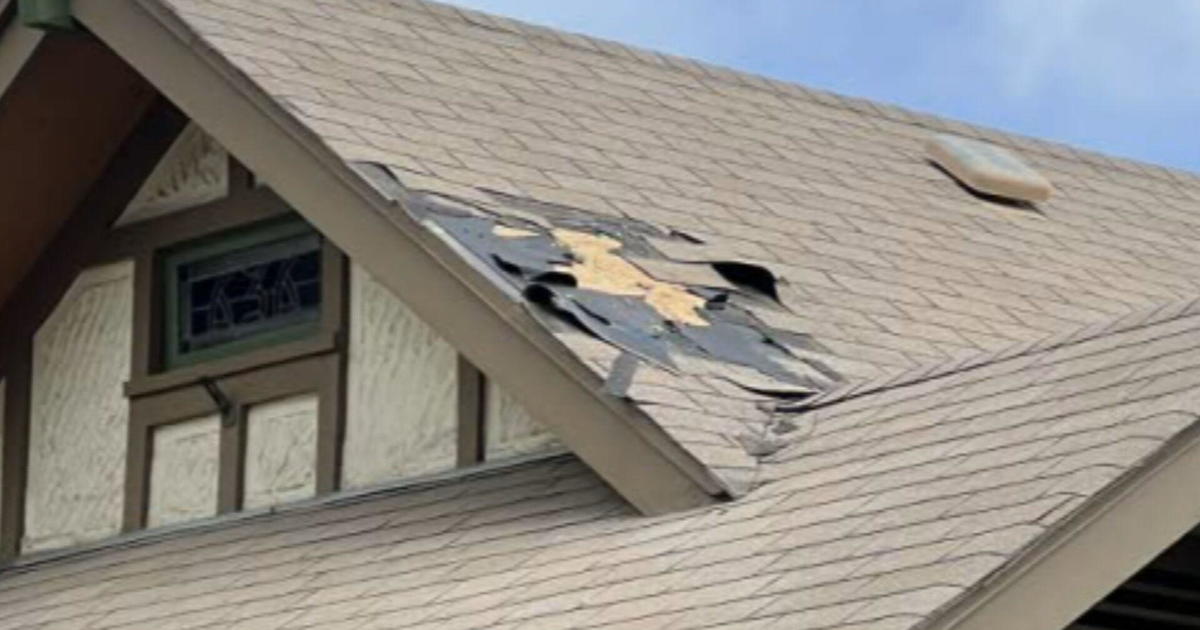Lights in sky seen towards Frisco explained by First Alert meteorologist: "I had never seen anything like that"
It's a fair reaction from Denisse Ipoutcha, who said she was leaving a friend's place in Frisco when she saw beams of light rising out of the snow.
"We were like 'Oh my God, what is that!?" Ipoutcha said. "It looked like spotlights in the beginning, but I was like 'Wait there are a few of them, and they are kind of moving."
While there's no official answer, it's the professional opinion of CBS News Colorado First Alert Meteorologist, Callie Zanandrie, that this is a phenomenon called "light pillars."
"A sun pillar or a light pillar usually appears when a shaft of light extends vertically above the sun," Zanandrie said. "So you most often see these at sunrise or sundown, and they develop because ice crystals are slowly falling through the air, reflecting the sun's rays off of them. So the best time to look for these is normally when the sun is low on the horizon and cirrus clouds are present."
That being said, these light pillars in Frisco were seen just before midnight Sunday night, which caused Ipoutcha to believe it could have been the northern lights, considering all the recent reports of them being spotted in Colorado.
"I had never seen anything like that and I know the northern lights...they don't look like that," Ipoutcha expressed, laughing. "I was like, 'Is that the time that we get aliens here?! Are we being abducted!?'"
Thankfully, Ipoutcha remained on Earth and was willing to share these awesome photos with all of Colorado. But it inspired her to keep searching for magic moments just that like.
"I'm a night owl, anytime I'm coming home from the gym or whatever I'm going to go, 'OK let's see if I can find something else," she said.
Speaking of finding something else, March 28 you might be able to see five planets in alignment in the night sky, which our First Alert Meteorologists says could have clear visibility to boot.
Mercury, Jupiter, Venus, Uranus, and Mars will line up near the moon in a path, which should be visible to the naked eye.
"Telescope is even better," Zanandrie said.





